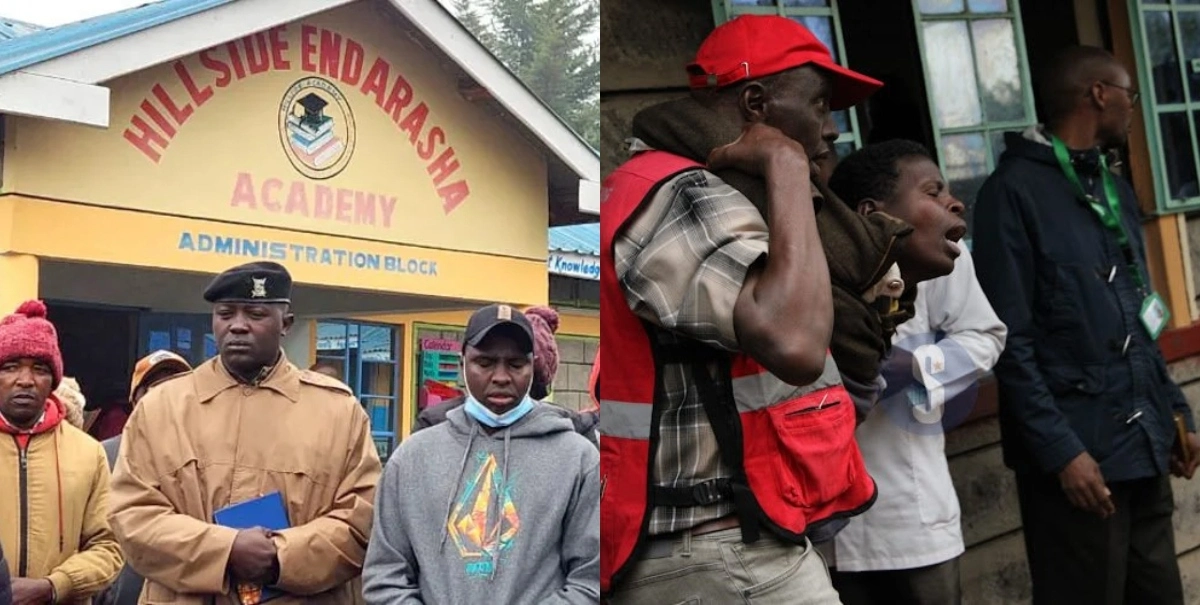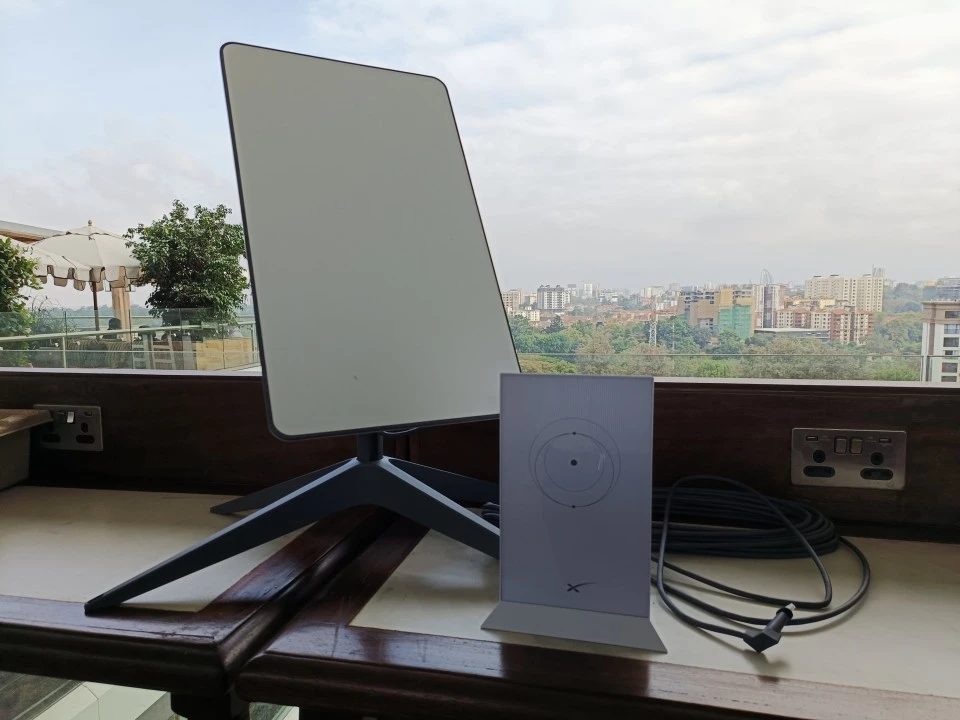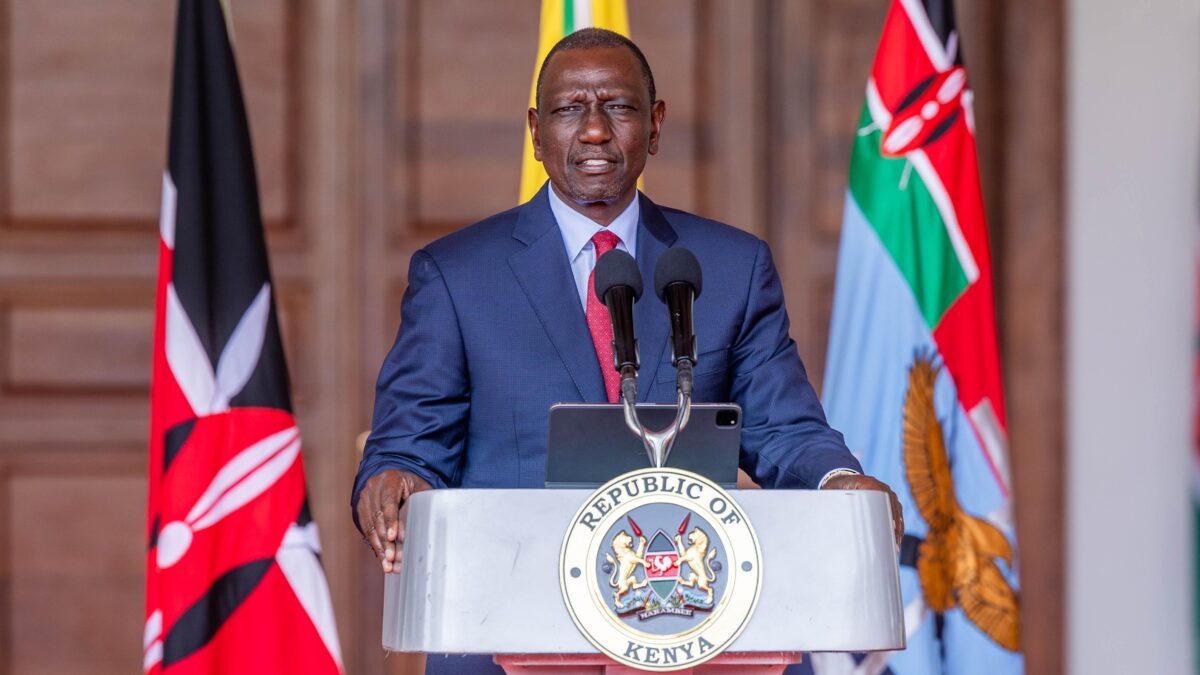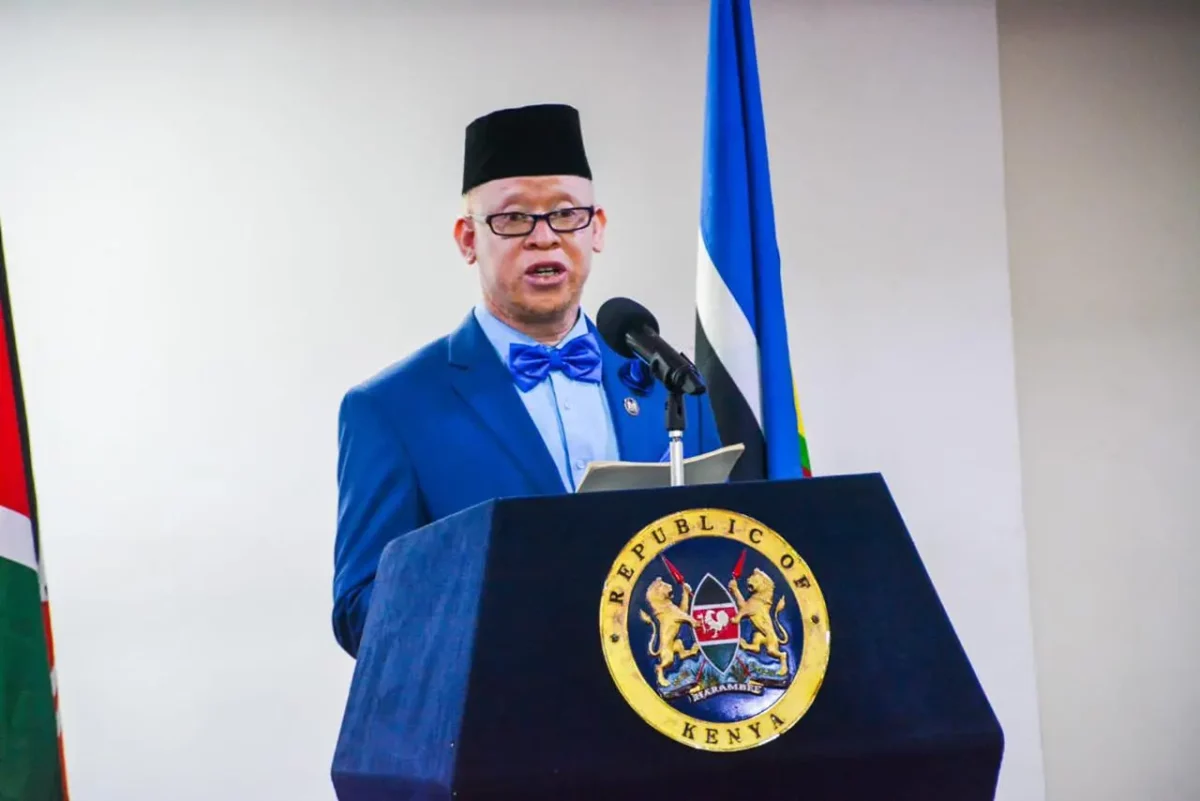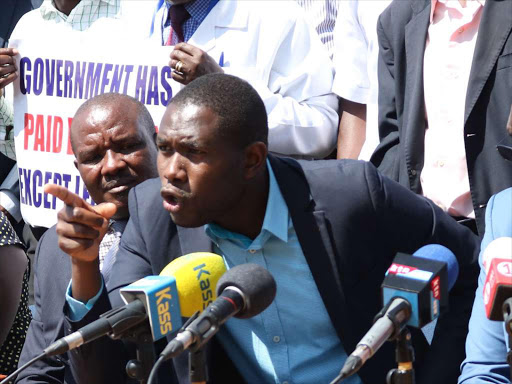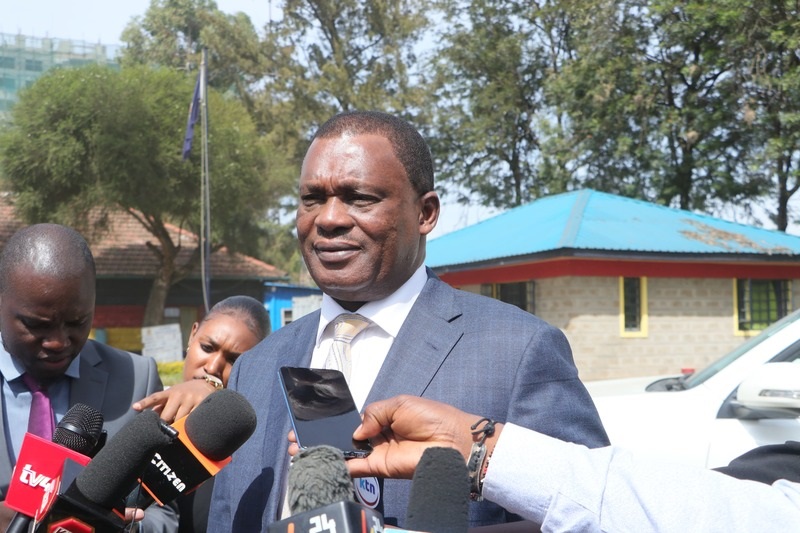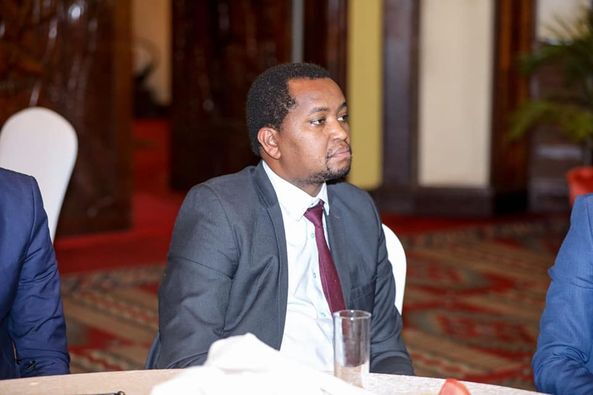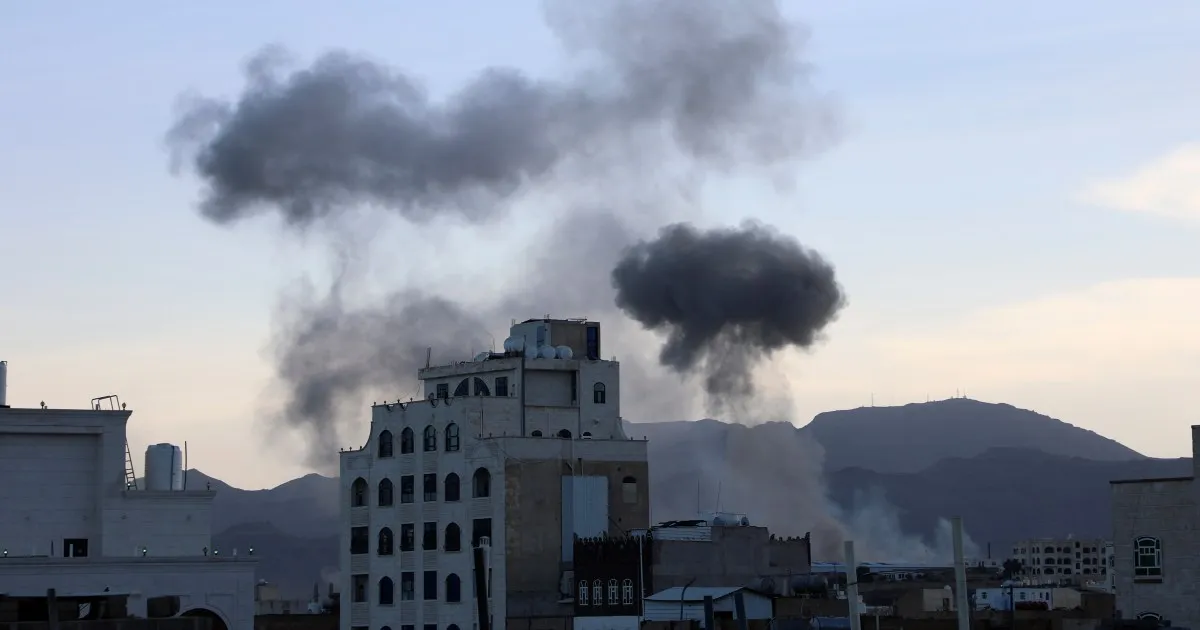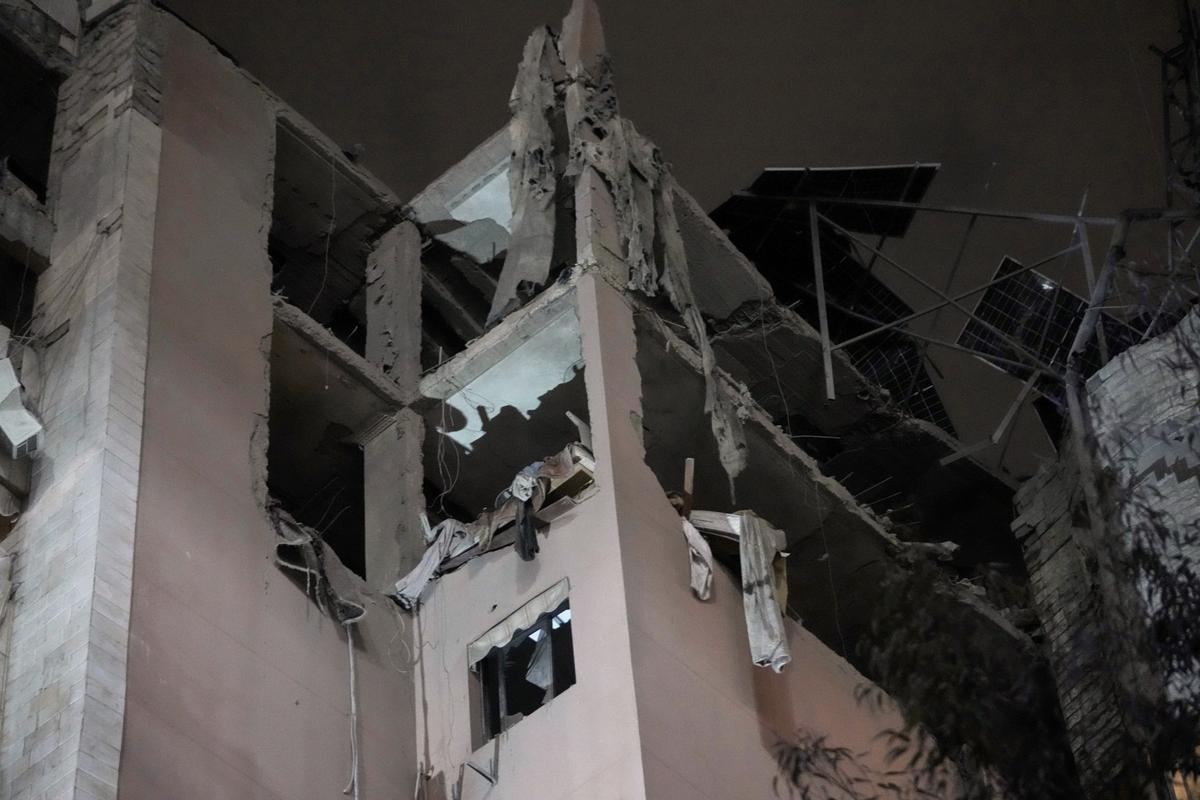As children throughout the world go back to school, Ukraine’s education system remains crippled by the armed conflict which started in February this year. Because of the ongoing conflict, the only schools allowed to hold in-person classes are those equipped with adequate bomb shelters, air-raid siren protocols and staff members trained in evacuation and first aid.
The conflict has taken a horrific toll on civilians in Ukraine over the past three months with many families struggling to meet even their most basic needs, including education. Over 1,800 schools and universities have been damaged or destroyed since Russia’s invasion on February 24, according to Ukraine’s Education ministry. Russian forces have shelled and bombed numerous schools. Both sides have used schools as military bases or for storing weapons
In just one example, a Russian airstrike reportedly hit a school on May 8 in Luhansk, on the front lines in eastern Ukraine, injuring and killing dozens of civilians who had sheltered there.
Education is fundamental for students during the war. Beyond teaching, schools and universities can provide a safe space, give students routinely, and connect them to life-saving resources such as meals and mental health services.
Fortunately, 3.7 million Ukrainian children have been able to access online and distance learning since February despite school closures. This has reduced gaps in instruction and, perhaps more critically, maintained a sense of normalcy.
Yet, the war’s longer-term impact on the quality of and access to education remains worrisome.
Repairing schools will require significant time and resources, and many students and teachers will experience stress and trauma that make learning and teaching difficult. That is, if they return to class at all – children in conflict- and crisis-affected areas are twice as likely to be out of school as those in other places.
Unfortunately, Ukraine is not alone. Education is under attack around the globe, and armed violence against students, teachers, and education facilities is on the rise. In fact, an average of six attacks on education occurred each day in 2020 and 2021, according to a new report from the Global Coalition to Protect Education from Attack. In all, we identified more than 5,000 cases of attacks or military use of schools during that two-year period.
These attacks harmed, injured, or killed over 9,000 students, teachers, and academics. Nine countries each had more than 400 attacks or over 400 students or educators harmed.
Attacks increased in Mali, Myanmar, and Colombia compared to the previous two years but decreased in countries such as Syria and Yemen, where conflict de-escalated. Shelling and rifle fire damaged dozens of schools in Ukraine in 2020 and 2021, in the eastern Donbas region where the conflict began half a decade before.
In attacks on education, militaries and armed groups bomb, burn, and loot schools and universities and kill, rape, arbitrarily arrest, and recruit students and educators. They use schools and universities for military purposes such as bases, barracks, or training grounds.
Explosive weapons, which were involved in one-fifth of all reported attacks on education globally and were used in many of the attacks in Ukraine, had particularly devastating effects. Airstrikes, shelling, and other explosives are especially dangerous because they produce a large blast that can propel bomb fragments a great distance, in all directions, often indiscriminately harming civilians and civilian buildings.
Don’t forget to subscribe to our YouTube channel, Switch TV.
There are several key steps that can be taken to protect education in Ukraine and elsewhere. First, warring parties must stop attacking schools or using explosive weapons with wide-area effects near schools or universities. Warring parties should also avoid occupying schools and universities and using them for military purposes.
Occupation damages schools and universities and puts students and educators at risk, but it may also place the educational facilities in the crosshairs of enemy forces.









